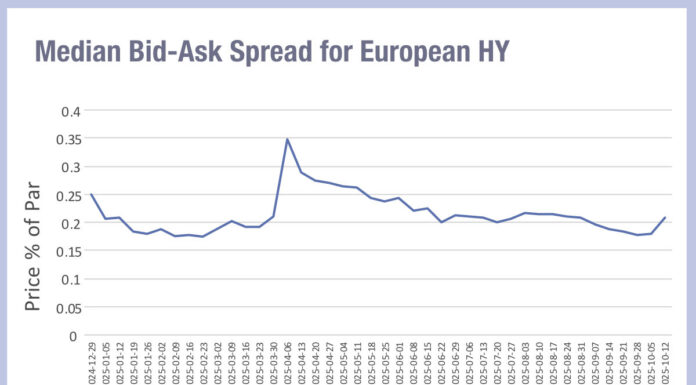Credit trading has been transformed by evolving electronic execution, which has allowed buy-side desks to express investment ideas in to the market using more nuanced approaches, whilst market makers can offset risk and build/reduce inventory more effectively.
Electronic trading has also become a catch-all for a range of trading models. In addition to trading on electronic platforms, which can offer a range of different trading protocols, dealers can provide prices electronically which can in some cases be traded against bilaterally.
However, e-trading is not a panacea for better execution. Its many forms represent ways that a trader can execute, but the appropriateness of the method is contingent up on several factors.
Several advantages in electronic trading are found via the efficiency and speed with which execution can take place. Low-to-no-touch execution is possible if the trade fits easily into a certain bracket of low risk/firm and transparent best price/price as execution goal. It can also be useful to take that route for larger orders if a block is not apparently available and the larger order needs to be broken down into child orders.
The low risk profile of low-touch trading typically reflects smaller sized trades of highly liquid, short tenor paper.
More manual electronic execution might be used for smaller sized but illiquid paper, for example all-to-all electronic trading, which enables the net to find liquidity to be cast wider. As dealers often use all-to-all execution to trade odd lots that they cannot otherwise use to benefit a client’s trading, this can also tend towards smaller sized trades on average.
Moving up the scale, electronic trading for larger or higher risk trades might be engaged either via portfolio trading or executed bilaterally with a dealer based on a streamed price.
However, buy-side traders note that verbal communication is a stronger medium for negotiation, given all of the information that can be conveyed verbally and non-verbally. As a result it is possible to execute larger trades electronically, but less common.
While all of these frame the size of orders that can be traded, there are key inputs which traders have a consensus on using to assess the size of trades. The first is pre-trade inputs.
The DESK has found that streamed prices from dealers are more commonly used to guide trading than as direct bilateral execution methods, and this is apparent when speaking with traders in the credit space.
Streamed prices, often via trading platforms, can be a key input for determining the size at which a buy-side trade can execute, as it shows the comfort level on the street for trading a given name. If streamed prices can be aggregated, they are also valuable for supporting portfolio trade pricing.
The optimal size for electronic trading is therefore determined by pre-trade price analysis, market risk and the potential for information leakage, but also the market environment, both in terms of liquidity and volatility.
As risk rises size decreases, to the point where traders will ignore onscreen prices in very volatile markets, and prefer to pick up the phone. That may be changing as non-bank liquidity providers step in to support electronic liquidity even in stressed conditions, but traders still need confidence that they will find the other side at the right size and in a timely manner.
When pressed, traders note that for investment grade credit, trading around US$1-2 million electronically is typically effective and safe, while high yield can be traded between US$200,000 to US$500,000. However, that is highly contingent on market conditions, and current pricing.
©Markets Media Europe 2024
©Markets Media Europe 2025















